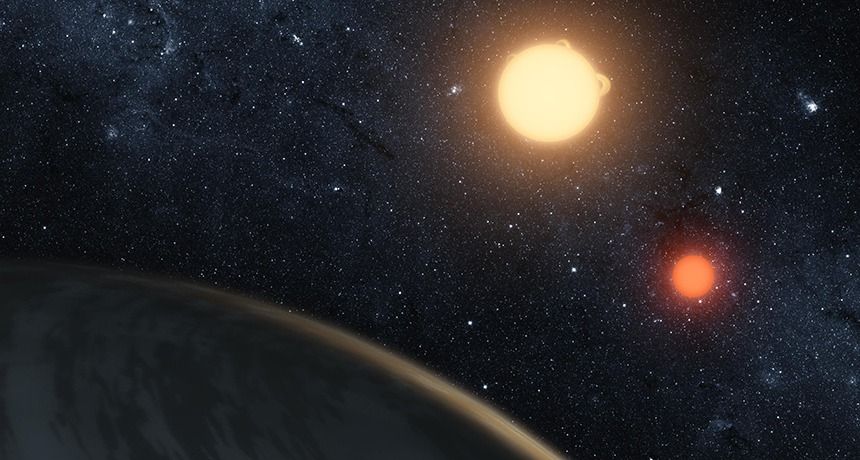Researchers have built a tiny insect-like robot that can fly with realistic poise.



“The nanometer process deals with the space between the transistors mounted on a substrate at a nanometer level,” said Pulse.
“The narrower the distance, the more chips can be squeezed in to boost computing power and energy efficiency. One nanometer corresponds to one ten-thousandth the diameter of a human hair.”
At the Samsung Foundry Forum in Santa Clara, California, the company recently sought to impress advancements it has made in 3nm gate-all-around (GAA) process development.


Combining Einstein’s theory of relativity with one of the most powerful telescopes in the world has helped an international team of researchers measure where and how dark matter structures grow in the universe. Their analysis suggests cosmic structures might be evolving more slowly than previously predicted.

A.I. is yet to prove the safety of self-driving cars.
“Shortly following the accident, we informed the National Highway Traffic Safety Administration and the National Transportation Safety Board that the vehicle’s logs showed that Autopilot was first engaged by the driver just 10 seconds prior to the accident, and then the driver immediately removed his hands from the wheel,” a Tesla spokesperson told The Register in an emailed statement. “Autopilot had not been used at any other time during that drive. We are deeply saddened by this accident and our thoughts are with everyone affected by this tragedy.”

In the past 24 hours, a story of potentially world-changing import has surfaced. First reported by the MIT Technology Review and then not long after by the Associated Press, who seem to have been sitting on the story for a while, the news that a Chinese scientist named He Jiankui led an unprecedented experiment to edit human embryos and see them carried to term rocked the genetics community. Here’s what you need to know about this evolving story.
The science
Besides He, the most important players in this story may be twin baby girls named Nana and Lulu. As far as we know the twins were edited as embryos using CRISPR-cas9, a gene editing tool. The stated purpose of the edit was to disable CCR5, a gene involved in allowing HIV to invade cells, which is how a virus infects a host.

